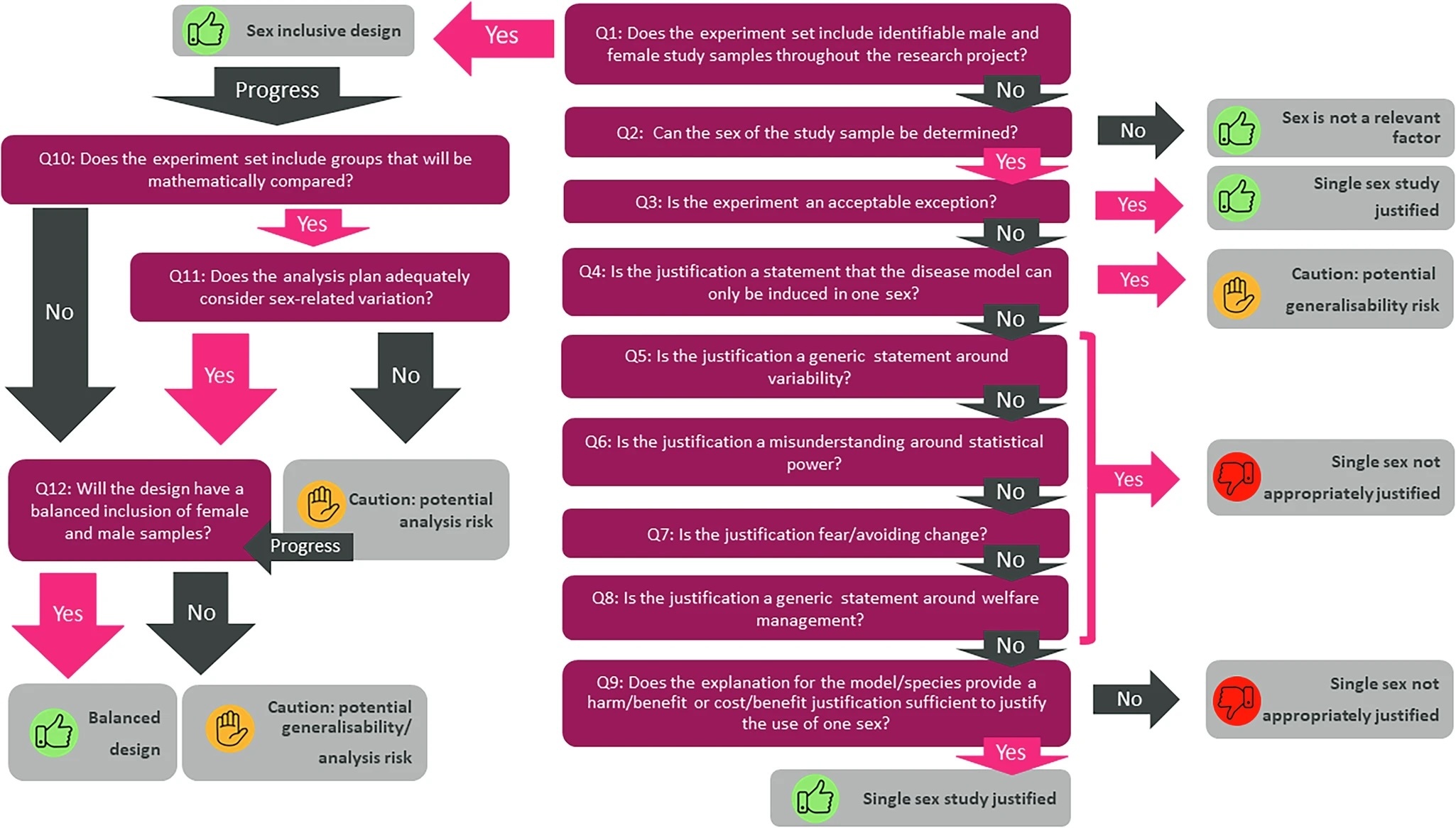Research led by Dr Abraham Acevedo-Arozena has determined the cause of muscle stiffness and periods of paralysis in a patient, using a mouse line with exactly the same mutation.
Cause of patient’s paralysis deciphered Research led by Dr Abraham Acevedo-Arozena has determined the cause of muscle stiffness and periods of paralysis in a patient, using a mouse line with exactly the same mutation. A patient’s attacks of muscle stiffness and weakness have been attributed to a novel mutation in the SCN4A gene, using a mouse line identified at MRC Harwell with the equivalent mutation. The research, published in Brain, gives us new insights into the important role of this gene. A remarkable likeness The patient considered in this study was a 70-year-old man who had been having periods of paralysis since he was eight. His muscles would stiffen, particularly after exercise, and after this his muscles would become weak. He was diagnosed with hyperkalemic periodic paralysis with paratonia congenita, a type of muscle channelopathy, and had a family history of the condition. The researchers discovered he had a mutation in the SCN4A gene never described before. SCN4A encodes a key subunit of voltage-gated sodium channels in muscles, responsible for initiating and propagating the electrical signal that moves along nerves to trigger the muscle to contract. Mutations in this gene have previously been linked to a subset of muscle channelopathies, conditions where patients experience attacks of muscle stiffness and weakness due to prolonged muscle contraction, the result of faulty sodium channel inactivation. A mouse line identified at MRC Harwell had the exact same mutation in SCN4A. It also had remarkably similar traits, with attacks of hind limb immobility that caused the mouse to drag its hind limbs along behind it, lending it the name ‘draggen’. They found evidence of pathology in their muscles, with strange structures that are not normally seen. Skewing the energy balance The researchers noted that male draggen mice failed to gain weight after 12 weeks old, suggesting an overactive metabolism. As muscles use large amounts of the body’s energy and so have a big effect on overall metabolism, the researchers suspected this might be linked to their muscle traits. They investigated a possible link between energy use in muscles and immobility attacks by measuring activation of AMP-activated protein kinase (AMPK). When a muscle contracts, it breaks down ATP to generate the energy it requires and the by-product AMP, which activates AMPK. You can therefore use AMPK as an indicator of the amount of ATP being used by the muscle. They found more AMPK was activated at resting levels than normal, and after the muscles had contracted a lot, as they would during exercise, AMPK activation was blunted. So this SCN4A mutation upsets the balance of energy expenditure in draggen mouse muscles, which could potentially underlie the periods of paralysis – if all the energy is used up in one go, none would be left for later. This study gives us a new insight into the causes of SCN4A channelopathies, highlighting a mutation not previously associated with these conditions. In addition, it provides a new mouse model to support future research into potential causes and treatments, highlighting for the first time a potential link between specific muscle mutations and whole body metabolism.


